order

Coleoptera
“Adult Beetles”

Coleoptera
“Larval Beetles”

Diptera
“True Flies”

Ephemeroptera
“Mayflies”

Hemiptera
“True Bugs”

Lepidoptera
“Aquatic Caterpillars, Snout Moths”

Megaloptera
“Alderflies, Dobsonflies, and Fishflies”

Odonata
“Dragonflies and Damselflies”

Plecoptera
“Stoneflies”

Trichoptera
“Caddisflies”
family
Thremmatidae
genus
Neophylax
“Little Northeastern Casemakers”
Genus Overview
Neophylax is the only genus of Thremmatidae occurring in the East. The genus includes 29 species in North America, most of them in the East. Larvae are obligate scrapers of diatoms, feeding mainly on the tops of stones in fast water. They are somewhat protected from fish predation by their stout stone cases with ballast stones added laterally to help prevent being swept downstream in the current. When preparing to pupate, they often aggregate on the undersides of larger rocks, each fastening the case to the rock and sealing each end of its case with a small stone. Many species prepare their cases for pupation in spring, but undergo diapause until fall before they actually pupate.
Characteristics
POLLUTION TOLERANCE
Southeast: 1.6
Upper Midwest: 3
0 = least tolerant, 10 = most tolerant
FEEDING HABITS
Scraper / Grazer
MOVEMENT
Clinger
DISTRIBUTION
Widespread (east of the Rocky Mtns.)
HABITAT
Lotic-erosional
Diagnostic Characters
Order
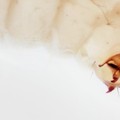
Prolegs With Single Hook
Family
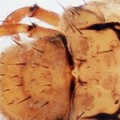
Notched Mesonotum
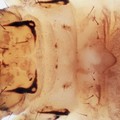
Only Metanotum Membranous
+ Expanded Character List
Order:
Larvae: Wings/wing pads absent. Eye spots present, but compound eyes absent. Antennae usually small, inconspicuous. Three pairs of segmented legs present on thorax. Pair of anal prolegs, each with single hook, located on last abdominal segment. Larvae can be free-living, in silken retreats attached to substrate, or in usually-portable tubes or cases made of sand, rocks, or plant material.
Family:
Antennae small, nub-like, and inconspicuous, positioned approximately equidistant between anterior margin of head and eyes. Pro- and mesonota sclerotized, but metanotum mostly membranous, with some small sclerites. Pronotum broadest at middle when viewed dorsally. Prosternal horn usually present, sometimes short. Mesonotum with double notch medially along anterior margin. Metanotal anteromesal setal areas (sa1) each usually with tiny sclerite and 1 or 2 setae. First abdominal segment always with lateral humps and median dorsal hump. At least some abdominal segments with chloride epithelia (each evident as oval area surrounded by very fine dark line). Larvae building stout cases from pieces of rock, usually with small ballast stones arranged along sides.
Genus:
Pronotum without prominent longitudinal ridges as seen in western Oligophlebodes. Pair of small notches present medially along anterior margin of mesonotum. Larvae constructing stout coarse rock cases, often with several small ballast stones attached laterally.
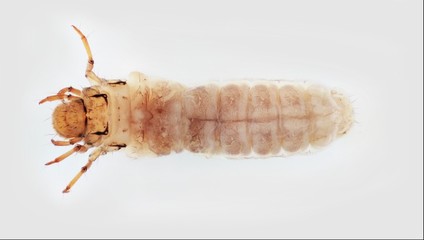
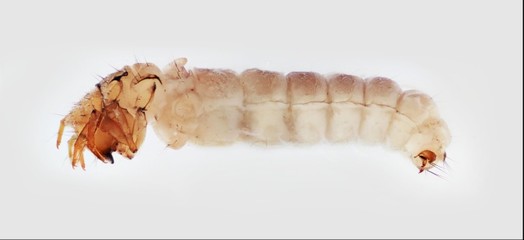
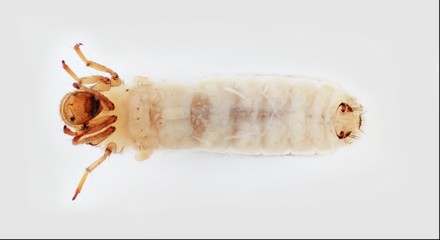
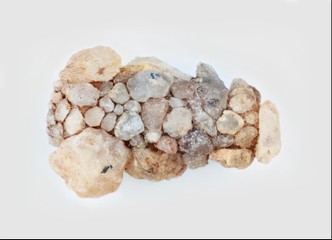
Dorsal
Lateral
Ventral
Case




